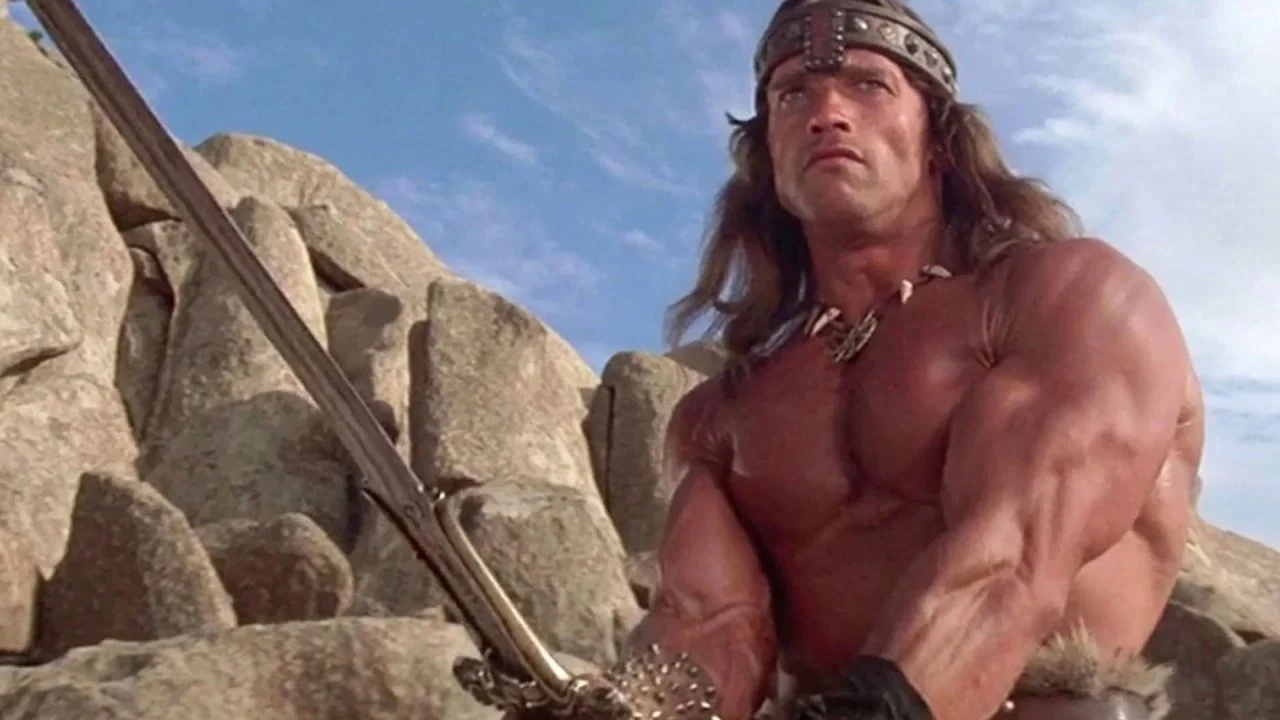'Dungeons and Dragons': What is Appendix N?
Image Source: YouTube
Dungeons and Dragons is the worlds most popular table-top game, and it’s estimated that over fifty million people have rolled for initiative, under the watchful eye of a Dungeon Master. When Gary Gygax and Dave Arneson created the cultural phenomenon back in 1974, they looked to popular fantasy fiction for ideas.
Appendix N is a list of authors that appear at the back of the Dungeons and Dragons Players Handbook. They were the basis for the lore of the game, including the magic system, classes and races. The list dates all the way back to the original Dungeon Masters Guide (1e) published in 1979 and has been expanded as different versions of the game have used more source material. The update is known as Appendix E and includes modern day authors like Brandon Sanderson, Terry Pratchett and G.R.R Martin.
RELATED:
Image Source: Wallpapersden
RELATED:
What Books Are In Appendix N
J.R.R Tolkien’s name stands out straight away. Many people think that Tolkien invented Orcs, when he took the name from Beowulf. It was merely his version of the monster that caught on, and most definitely did end up in DnD.
Mithril, the dwarf mined ore used for chainmail, however, was definitely invented by the author. The Ranger class is also very similar to Strider/Aragorn. Gary Gygax has said that his elves come from French myth and not Tolkien. Which could be true, the author most definitely did not invent pointy eared races. But it’s a bit of a coincidence that DnD split them into groups in exactly the same way, the Teleri (sea-elves) the Vanya (wood elves) and the Noldor (high elves).
But there are other Elvish books in Appendix N. The King of Elfland's Daughter is considered one of the most influential books in fantasy, it inspired Tolkien, CS Lewis and is considered one of the founding novels of fantasy. And its also teeming with elves. The Feywild may not have come to DnD until the fourth edition, but it you can definitely find it in Lord Dunsany’s novel. By this time Gyax and Arneson had retired, so development of 4e was down to Rob Heinsoo as lead, with Andy Collins and James Wyatt. We can’t be sure that they read it, but the concept of the faewild being separate from the human lands is prevalent in The King of Elfland's Daughter, so it’s a good guess that they went back to Appendix N.
Barbarians took their time. They began as a subclass of fighter and finally came into their own in 3e. But there’s one author that jumps out of the list in regards to this class. Robert E. Howard penned the Conan series and the blueprint for the Barbarian (especially the Berserker path) is obviously there. But his books ( try the Tower of the Elephant) also have dungeon crawls and DnD style monsters like undead bad guys, giant slugs, snake people and evil priests.
Image Source: Flicks
The Rogue class (originally called thief in 1e) was influenced by a unique Science Fiction/Fantasy fusion novel called Jack of Shadows by Roger Zelazny. Like any good rogue, Shadowjack is morally grey…and darn right black at times. Rogue fans should all be thanking Zelazny, for sneak attack, cunning action, and all the other stay hidden features that we love about the class. Shadowjack also has some magical ability, which explains why earlier versions of Rogues were so overpowered. Without multiclassing, this has been reduced to the Arcane Trickster pathway.
Now, we can’t mention Appendix N without bringing up Vance. The magic system from Dungeons and Dragons was cut and paste from The Eyes of The Overworld; The Dying Earth. In the series, a caster had a certain number of spell slots, and magical creatures could be summoned to channel power. Just like a warlock. Vance’s protagonist is not a good person but has to think his way through a magical landscape, picking up artifacts and getting out of tricky situations. It’s all very familiar.
In regard to magic, Michael Moorcock’s Stormbringer series also deserves a mention. Stormbringer has cursed weapons, necromancy, multiverses, and a giant octopus demon which sounds more than a little like Panzuirel. But, more importantly it also has a law verses chaos alignment system.
Three Hearts and Three Lions by Poul Anderson might be a less recognisable name, but as soon as a DnD player opens the book, they’ll be right back at the table. In Three Hearts and Three Lions, the adventuring party is made up of a Human, a Paladin, Dwarf and a Swanmay. They encounter standard Dungeons and Dragons fair, dragons, wizards, werewolves, and even a regenerating troll. The Paladin class, which goes back to the original Greyhawk supplement (the rulebook written by Gary Gygax and Robert J. Kuntz) was reportedly inspired by Holger Carlson from Three Hearts and Three Lions.
There are many more, twenty eight in total. The full appendix is below. Happy reading!
Image Source: Raven Crowking’s Nest
Appendix N
Anderson, Poul: Three Hearts and Three Lions; The High Crusade; The Broken Sword
Bellairs, John: The Face in The Frost
Brackett, Leigh
Brown, Frederic
Burroughs, Edgar Rice: Pellucidar Series; Mars Series; Venus Series
Carter, Lin: World’s End Series
De Camp, L. Sprague: Lest Darkness Fall; The Fallible Fiend; et al.
De Camp & Pratt: Harold Shea Series; The Carnelian Cube
Derleth, August
Dunsany, Lord
Farmer, P. J.: The World of The Tiers Series; et al
Fox, Gardner: Kothar Series; Kyrik Series; et al
Howard, R. E.: Conan Series
Lanier, Sterling: Hiero’s Journey
Leiber, Fritz: Fafhrd & Gray Mouser Series; et al
Lovecraft, H. P.
Merritt, A.: Creep, Shadow, Creep; Moon Pool; Dwellers in The Mirage; et al
Moorcock, Michael: Stormbringer; Stealer of Souls; Hawkmoon Series (Esp. The First Three Books)
Norton, Andre
Offutt, Andrew J.: Editor of Swords Against Darkness iii
Pratt, Fletcher: Blue Star; et al
Saberhagen, Fred: Changeling Earth; et al
St. Clair, Margaret: The Shadow People; Sign of The Labrys
Tolkien, J. R. R.: The Hobbit; Lord of The Rings Trilogy
Vance, Jack: The Eyes of The Overworld; The Dying Earth; et al
Weinbaum, Stanley
Wellman, Manley Wade
Williamson, Jack
Zelazny, Roger: Jack of Shadows; “Amber” Series; et al
READ NEXT:

















